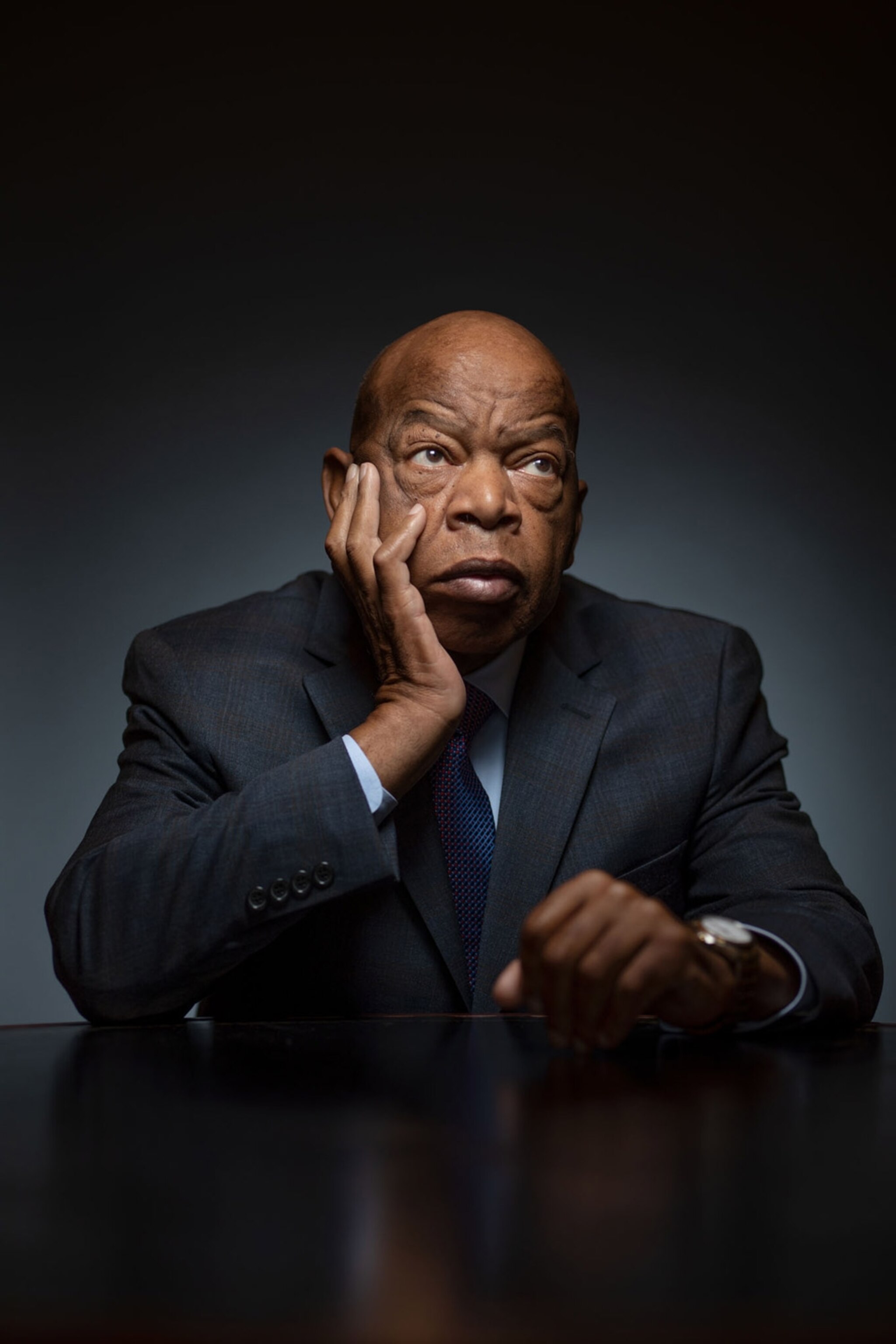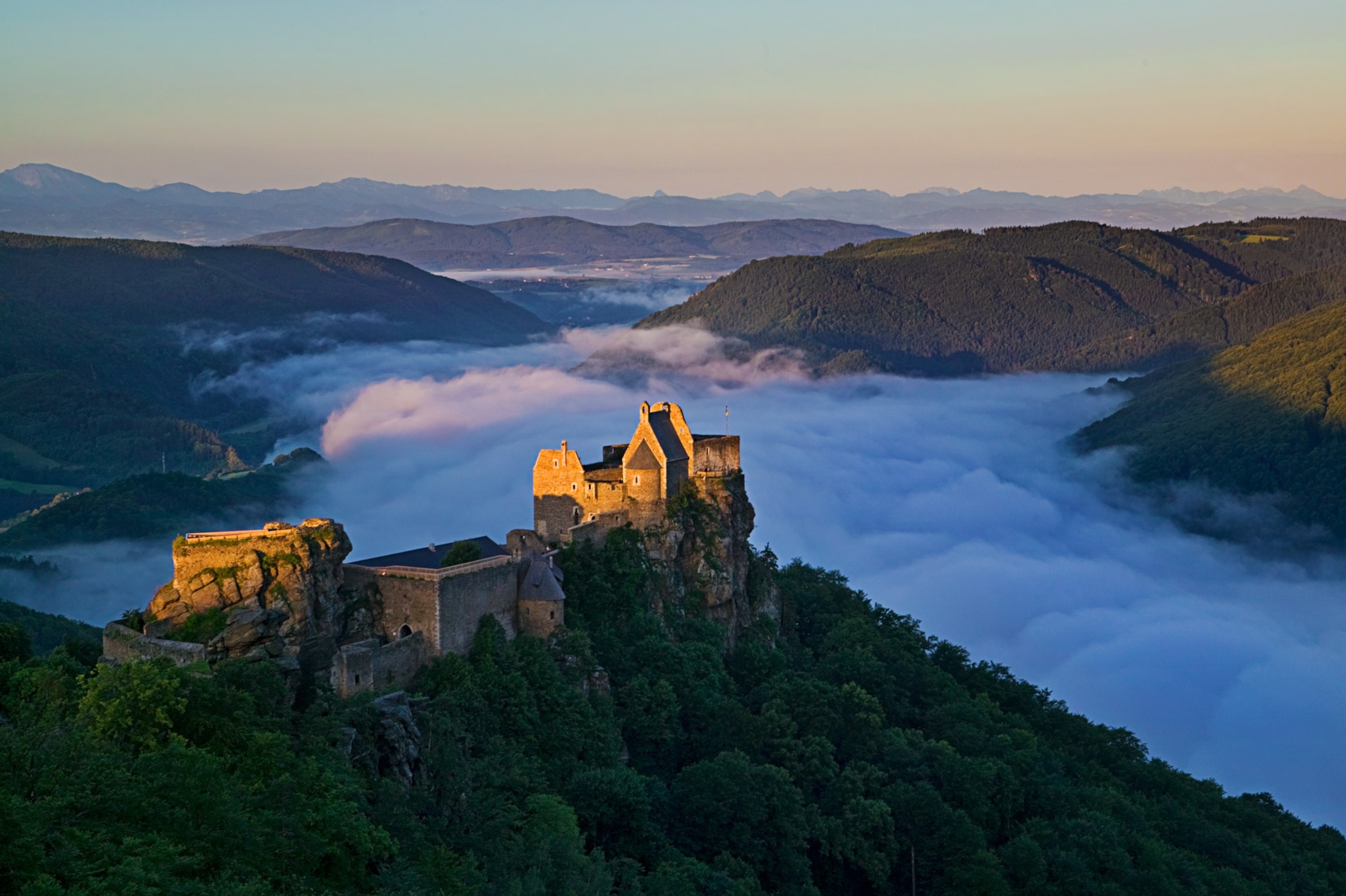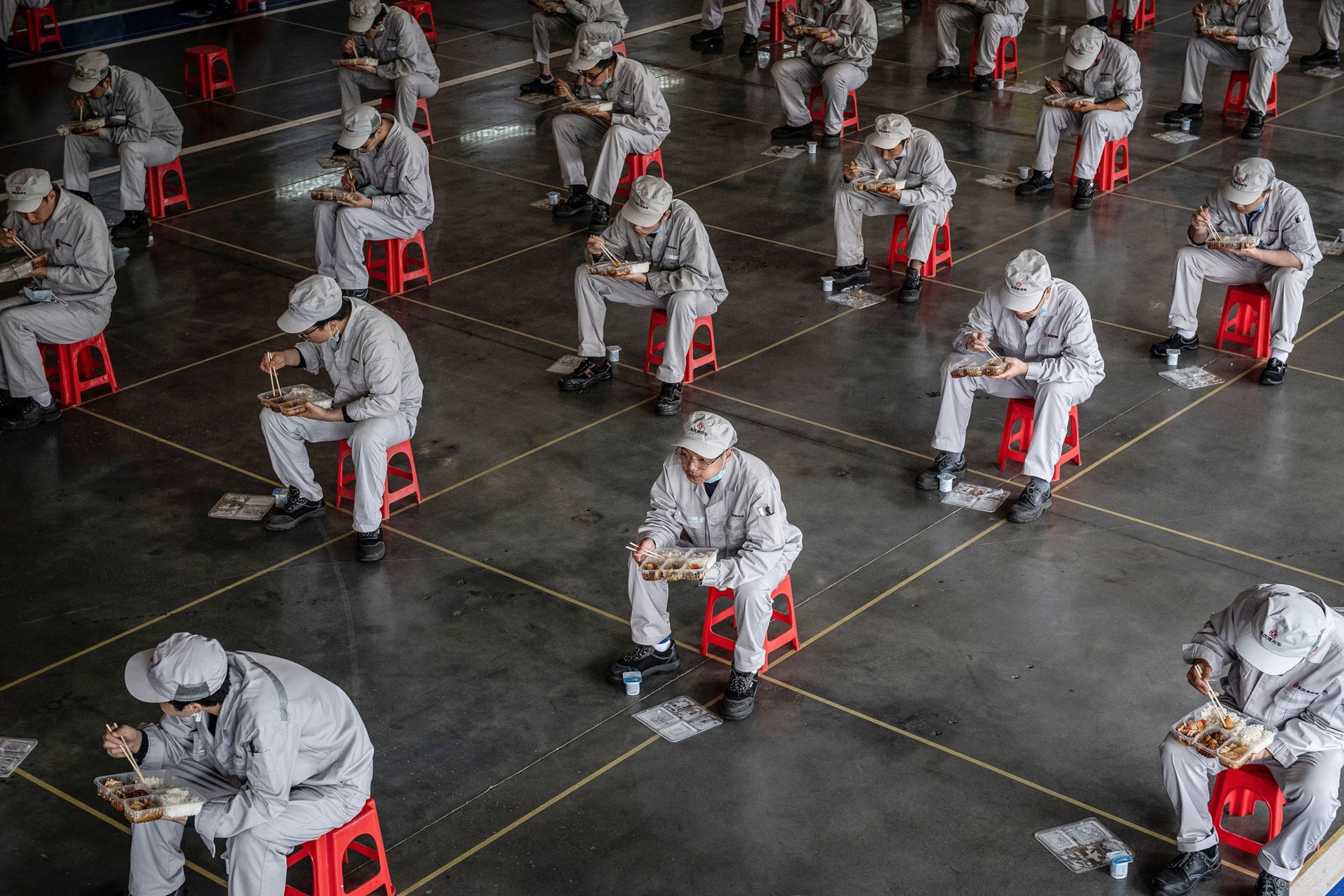
Can we ever 'lay down the burden of race'?
By Debra Adams Simmons, HISTORY Executive Editor
Nobody will ever ask: "What would John Lewis do?"
The departed civil rights leader was remarkably consistent throughout his life on his mission to make America live up to the promises of its Constitution.
“We are one family,” he told National Geographic Editor in Chief Susan Goldberg in 2018. “It doesn't matter whether you're black or white, Latino or Asian American. We are one people.”
As we approach the 57th anniversary of the historic March on Washington, Lewis’s life’s work is a master class in the sustained fight for justice. The last surviving speaker of the historic march, Lewis was college-aged when he, as one of 13 original Freedom Riders, rode interstate buses through the South, challenging segregation that had been deemed unconstitutional by the U.S. Supreme Court. The young firebrand was among a next generation of civil rights leaders coached by Martin Luther King, Jr.
As the Rev. Jesse Jackson put it after Lewis’s death on Friday, he “became the valedictorian of our class.” It was utterly consistent of Lewis, beaten nearly to death for the cause of one-person, one-vote, to boycott the inaugurations of two presidents who got fewer votes at the polls than their principal rivals.
His great joy came in watching young people “learn about the suffering and the pain but also the goodness that came out of the struggle,” he told National Geographic. “And I tell young people all the time, we live in a better America. America is better, and that cannot be denied, in some of these small towns and communities in the heart of the Deep South. You see Black people, white people, and Native Americans working and struggling together.”
“Well you know I tell people all the time, be hopeful. Be hopeful, be optimistic. ... Dr. King would say 'Never ever hate, be hopeful, be optimistic, for hate is too heavy a burden to bear.'"
So too, Lewis told us, was the burden of race.
He kept protesting, staging sit-ins, getting arrested, writing young adult graphic novels, even showing up last month—in his final public appearance—at the freshly created Black Lives Matter Plaza in Washington, D.C., across from the White House. He represented those, of whatever background, who had their representation threatened. Latinx activists considered him a lifelong ally; his last tweet opposed an effort to make foreign students risk getting COVID-19 by attending class in person—or face deportation.
In one episode of the children’s TV show Arthur, Lewis offered the next generation of Americans a way to be.
"There's nothing more important than following your conscience," he told Arthur—and millions of young American viewers. "If you can do that, you're always going to sleep well."
Do you get this newsletter daily? If not, sign up here or forward to a friend.
Instagram photo of the day

Still standing: Ruins of the Aggstein Castle glow in sunrise’s golden light above the foggy banks of the Danube River. The castle dates to the 12th century, and has been rebuilt many times since, but some ruins are still standing. It is now one of the most popular tourist destinations in lower Austria.
Related: The land with the most castles in Europe
Are you one of our 140 million Instagram followers? (If not, follow us now.)
Today in a minute
It was 51 years ago today ... that two NASA astronauts became the first humans to set foot on the moon. But the triumph of Apollo 11 followed years of defeats for the Americans at the hands of Russia, which had three lunar spheres around the moon in 1959. The Cold War competition propelled the United States to land the only 12 people, all men and all Americans, so far to have walked on the moon. But that may soon change, Nadia Drake and Jenny Howard write for Nat Geo. NASA is preparing a return of astronauts to the moon, scheduled for 2024—and at least one of them will be a woman. Subscriber exclusive: Counting down to a new era of space travel
Speaking of space: The United Arab Emirates launched a mission to Mars early today, broadening the nations exploring space. The Hope orbiter is scheduled to arrive in February to begin a two-year survey of the weather on the red planet, Kareem Shaheen reports for Nat Geo. Two other spacefaring nations are also taking advantage of a launch window this summer, when Earth and Mars are favorably aligned. NASA’s next flagship rover, Perseverance, and the Chinese Tianwen-1 lander and small rover are scheduled to launch to Mars in the coming days, also arriving in early 2021.
Shuttering Black-owned businesses: A new study says 41 percent of Black-owned businesses have closed because of the COVID-19 shutdown and the related downturn, as opposed to 17 percent of white businesses. More than half of Black-owned businesses may end up closing for a number of factors, writes Rodney A. Brooks for Nat Geo. The big reason? A relative lack of capital, says Brookings fellow Andre Perry. “Because a lot of Black business owners don’t have the kind of equity due to structural racism, they have less of a cushion to withstand this particular moment in time,” he says.
Pentagon bans displays of Confederate flags: The change, already instituted by the Marine Corps, applies to all military services. The order, announced Friday, does not mention the proposal to rename 10 Army installations now carrying the name of Confederate military people. An amendment to the Pentagon funding bill demands a change of name from the 10 who betrayed the United States to fight for the Confederacy, the Washington Post reports.
The big takeaway

Where are Babylon’s Hanging Gardens? Were they ever hanging? Or in Babylon? Of the Seven Wonders of the World listed 22 centuries ago by a Greek engineer, only this one remains missing. “The hunt for the gardens is one of the most tantalizing quests in Mesopotamian scholarship,” Nat Geo’s History magazine declares. There have been several red herrings. History’s fanciful accounts of elaborate terraces come centuries after their so-called construction. Above, one artistic imagining of Babylon’s Hanging Gardens, but modern historians consider this vision structurally unfeasible. Below, a 20th-century illustration depicts Babylonian ruler Nebuchadrezzar II ascending the Hanging Gardens.

In a few words
Memories are a lot tougher than you might think. Just like the hearts that hold them.Yōko Ogawa, Japanese novelist, from The Memory Police
Did a friend forward this to you?
On Tuesday, George Stone covers travel. If you’re not a subscriber, sign up here to also get Victoria Jaggard on science, Rachael Bale on animal news, and Whitney Johnson on photography.
The last glimpse

Adaptation: Humans have innovated to try to halt the deadly spread of pandemics. The scourges prompted variolation, modern vaccination, and the knowledge that microbes cause disease. These breakthroughs helped save and improve the lives of so many, writes Richard Conniff in the latest National Geographic magazine. “When the current pandemic ultimately subsides, we cannot afford to forget that this happened," Conniff writes. “We cannot just move on. Somewhere on the planet, the next great pandemic, the next destroying angel, is already taking wing.” Above, autoworkers practicing social distancing as they eat lunch in a factory in Wuhan, China. They must also wear masks and undergo temperature checks after the outbreak of COVID-19.
Subscriber exclusive: How devastating pandemics change us
Related: The war against smallpox